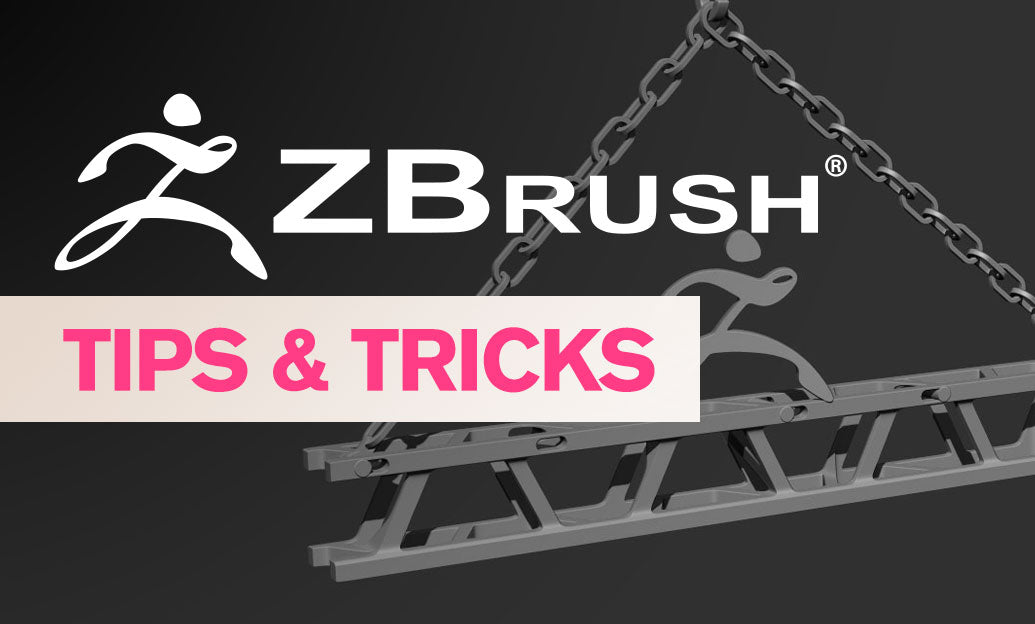Your Cart is Empty
Customer Testimonials
-
"Great customer service. The folks at Novedge were super helpful in navigating a somewhat complicated order including software upgrades and serial numbers in various stages of inactivity. They were friendly and helpful throughout the process.."
Ruben Ruckmark
"Quick & very helpful. We have been using Novedge for years and are very happy with their quick service when we need to make a purchase and excellent support resolving any issues."
Will Woodson
"Scott is the best. He reminds me about subscriptions dates, guides me in the correct direction for updates. He always responds promptly to me. He is literally the reason I continue to work with Novedge and will do so in the future."
Edward Mchugh
"Calvin Lok is “the man”. After my purchase of Sketchup 2021, he called me and provided step-by-step instructions to ease me through difficulties I was having with the setup of my new software."
Mike Borzage
Rhino 3D Tip: Optimizing 3D Surface Creation from Point Data in Rhino
October 18, 2025 3 min read

When you want to transform a set of points into a coherent 3D surface in Rhino, the Surface from Points tool becomes an indispensable asset. It is particularly helpful for reverse-engineering projects or refining freeform designs where scattered data needs to be converted into smooth geometry. By defining a grid of points, you can generate surfaces that are accurately contoured and maintain a structured flow, ensuring less guesswork and more precision.
One of the key advantages of this tool is its flexibility in dealing with a variety of design challenges, from organic sculptural forms to technical surfaces for manufacturing. Instead of piecing multiple curves together, you simply feed Rhino the relevant points, and it handles the layout automatically, producing a surface that closely resembles the distribution of that point set. This feature promotes an organic workflow, allowing you to focus on refining your ideas rather than manually patching geometry.
- Quick Reverse Engineering: Import points from 3D scanners or external data files and rebuild the shape right in Rhino.
- Control Grid Setup: Ensure your points align in a logical U/V pattern for the most accurate surface.
- Fewer Construction Steps: Minimize the need to create intermediate curves, trimming, or joining separate patches.
- Consistent Surface Flow: Guarantee that your resultant surface has uniform isocurve spacing, beneficial for follow-up detailing or manufacturing processes.
When preparing your points for this workflow, keep the arrangement methodical. If the points are randomly ordered, consider re-sorting or systematically placing them to reduce the final surface’s complexity. This plan-ahead strategy often saves significant revision time later, when you might need to sculpt intricate details. You can also process raw data using various Rhino commands—like Rebuild or Reduce—to smooth out noise or downsample an extremely dense cloud.
Handling large point sets effectively also demands efficient layer management. Keep each set of points on a layer dedicated to that specific region of the model. This tactic helps keep your workspace tidy and ensures you don’t accidentally merge points that belong to separate objects. If you need advice on more advanced project structuring, check out resources from NOVEDGE to learn about premium plug-ins or specialized workflows for scanning and reverse engineering.
Another recommended approach is to experiment with the tool’s tolerance settings. Tuning these parameters directly affects how closely the generated surface follows the original points. Tight tolerances mean a closer fit but can sometimes lead to slower performance on dense data sets. Looser tolerances can speed up processing but might sacrifice detail. Striking the right balance requires a bit of testing, but it pays off with a reliable model that aligns with your design intent.
Finally, take note of how you might refine your surface after creation. Tools like RebuildUV can optimize the control point layout, making subsequent edits more manageable. For complex modifications, features such as Cage Edit shine by letting you deform specific regions of the surface without altering neighboring features. Integrating these additional adjustments ensures your final geometry is ready for downstream tasks, whether you’re integrating it into a larger assembly or preparing it for manufacturing. If you need guidance on advanced deformation techniques or specialized hardware solutions, consider exploring the extensive catalog at NOVEDGE.
This process of generating a surface from points can revolutionize how you handle unstructured data. With practice, you’ll become adept at planning your point distribution, optimizing surface layouts, and applying finishing touches that meet both aesthetic and technical requirements. Invest some time to master these steps, and you’ll streamline your workflow for a variety of complex modeling scenarios.
You can find all the Rhino products on the NOVEDGE web site at this page.
Also in Design News

Cinema 4D Tip: Enhancing Skin Realism in Cinema 4D with Bump and Normal Maps
October 19, 2025 3 min read
Read More
Bluebeam Tip: Enhance PDF Workflow Efficiency with Bookmarks in Bluebeam Revu
October 19, 2025 2 min read
Read More
ZBrush Tip: Enhancing Alien Environment Design in ZBrush: Key Techniques and Tools
October 19, 2025 2 min read
Read MoreSubscribe
Sign up to get the latest on sales, new releases and more …


